Catania, what to see: 10 must-see stops
The main city of eastern Sicily, at the center of the island’s largest metropolitan area, Catania, dominated by the mass of Mount Etna, is one of the main economic, industrial and cultural centers of southern Italy. A city of ancient origins, founded in 729 B.C., Catania has a millennial history that is reflected in every one of its streets, squares and buildings. Catania is a continuous discovery, it has lived through many eras that have left their testimonies on the urban fabric (it was born as Katane founded by the Chalcidian Greeks, it was Roman, in the Middle Ages an important center of the Arab emirate of Sicily, then an important Norman city, until the eighteenth century, the century during which Catania experienced its heyday, with the rebirth that followed the devastating earthquake of 1693 (the most serious to hit Sicily in historical times), and which left Catania with its current Baroque face, so much so that it was included in the UNESCO World Heritage Site within the “Late Baroque Cities of the Val di Noto.” In the 20th century it was also an important center for the development of the Art Nouveau style. Today Catania is a modern city, the main gateway to Sicily for those arriving by plane (the Fontanarossa airport is among the first in Italy in terms of passenger traffic), and one that has a great deal to show visitors. Here we have selected the ten stops that are hard to give up during a stay in Catania.
1. The Roman Theater and the Regional Antiquarium.
Catania’s Roman theater is located in the center of the city, near Piazza San Francesco, on the slopes of Montevergine Hill. The structure dates from the 1st century AD, although it was remodeled in the next century, when the theater was enlarged and the monumental entrance was also added (also in the 2nd century AD, the adjoining Odeon was built, which served for poetic and musical contests). Further renovated between the 3rd and 4th centuries AD, it was abandoned between the 5th and 6th centuries and only unearthed again in the 19th century. Today it is one of the most living testimonies of Roman Catania, although the presence of a theater is also attested in Greek Catania. Near the Roman theater is also the regional Antiquarium, which is housed in two adjoining buildings (18th-century Casa Pandolfo and 19th-century Casa Liberti), where artifacts documenting Catania’s ancient history are preserved.
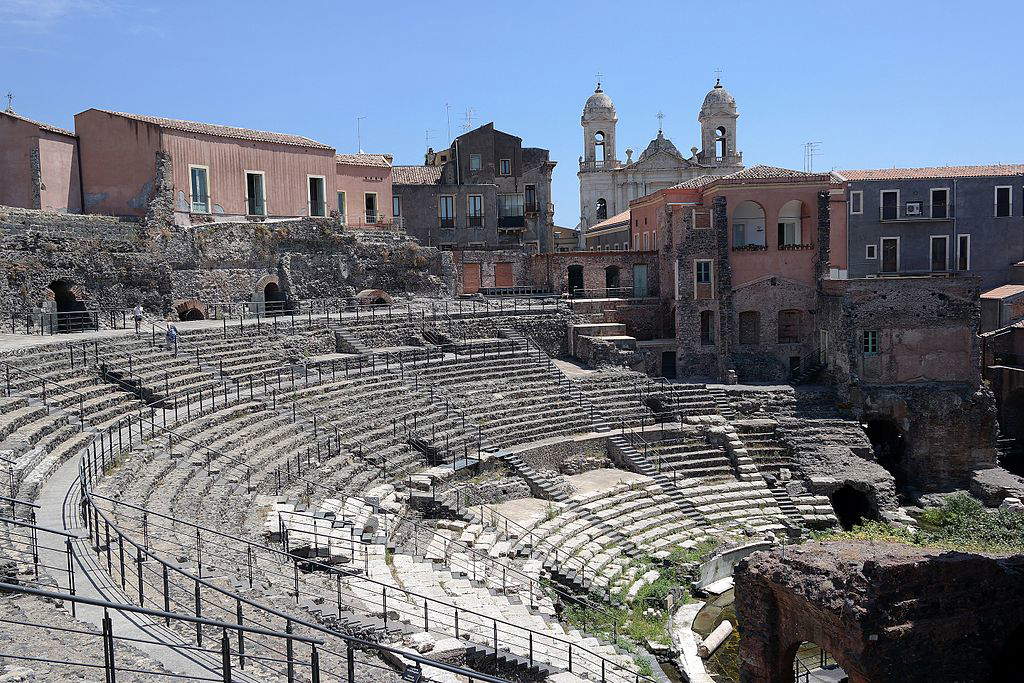
2. The Cathedral of St. Agatha, the Elephant Fountain and Via Etnea.
The city’s main building of worship, the Cathedral of St. Agatha was built in the 11th century but, following the destruction caused by the various earthquakes that struck Catania, it was rebuilt several times until it took on its current Baroque appearance in the 18th century, after the 1693 earthquake left only the apse area intact. The scenic facade is divided into three orders marked vertically by reused granite columns (possibly from the Roman theater) and is one of the most spectacular in the city, with use of various materials including Carrara marble for the statues of saints that adorn it. The interior contains works by Guglielmo Borremans, Giovanni Tuccari, Filippo Paladini and other important artists. Worth seeing, at the entrance to the Chapel of the Virgin (where the tombs of some of the sovereigns of the kingdom of Sicily are located), is the splendid marble portal made in 1545 by a sculptor from Carrara, Giovanni Battista Mazzolo, who moved to Sicily and became one of the leading sculptors of the Sicilian Renaissance. Another fine room is the chapel of St. Agatha, patron saint of the city: a large marble altar dedicated to the saint is preserved here. From Piazza del Duomo starts Via Etnea, the main street of Catania’s historic center, along which rise the city’s main Baroque buildings, while in the center is the Fontana dell’Elefante, a monumental work created by Giovanni Battista Vaccarini between 1735 and 1737, known for its basalt statue depicting an elephant, the animal symbol of Catania.
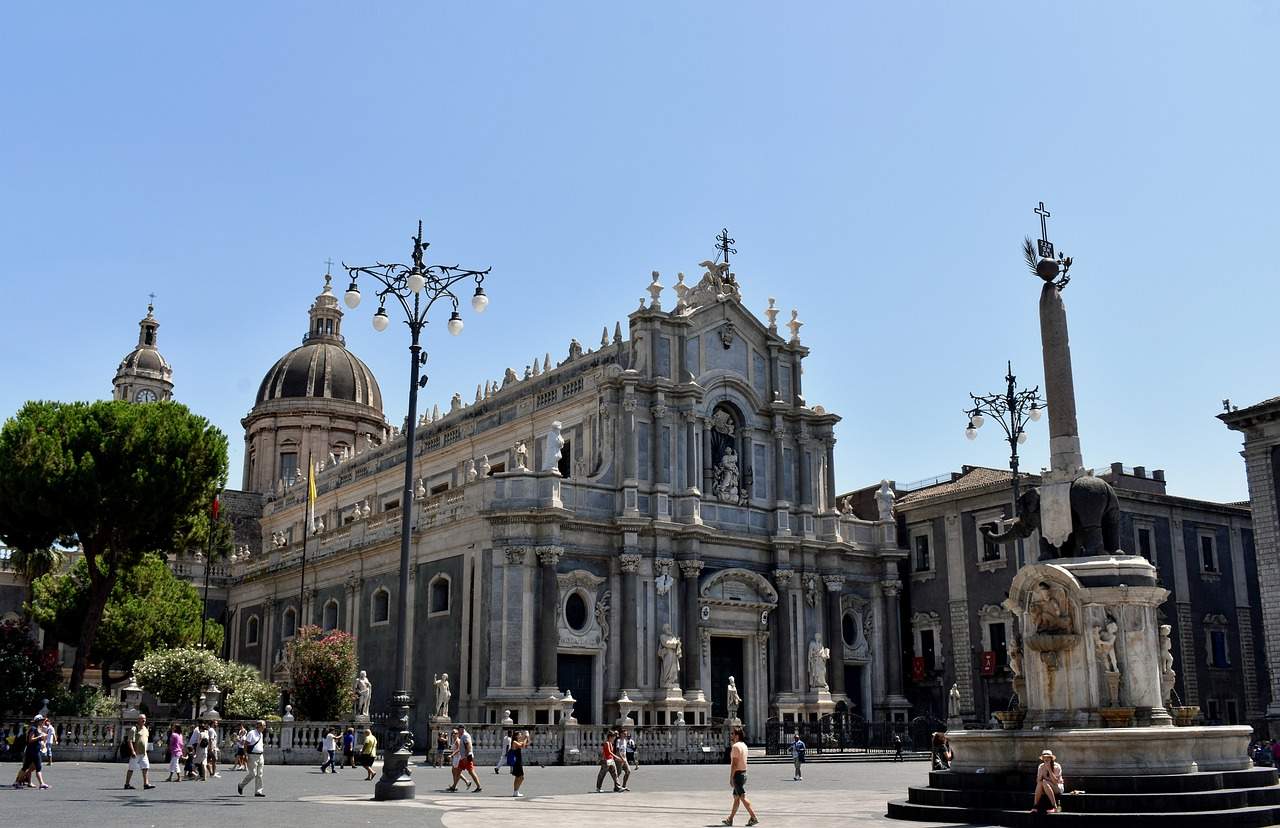
3. The church of the Badia di Sant’Agata
It is located on Via Vittorio Emanuele II and is one of the city’s main Baroque churches: designed by Giovanni Battista Vaccarini, it was erected on the ruins of the ancient church dedicated to Sant’Agata, which was destroyed in the 1693 earthquake. Completed in 1735, it has an elegant tripartite facade, highly animated by the sinuous course of its elements, behind which the majestic dome stands out. The interior is on a Greek-cross plan and preserves precious stucco statues depicting saints, Carrara marble decorations and works of art including Ignazio Carnazza’s Crucifix from 1696. Since 2015, the dome walkway has been open, offering a view of the city.
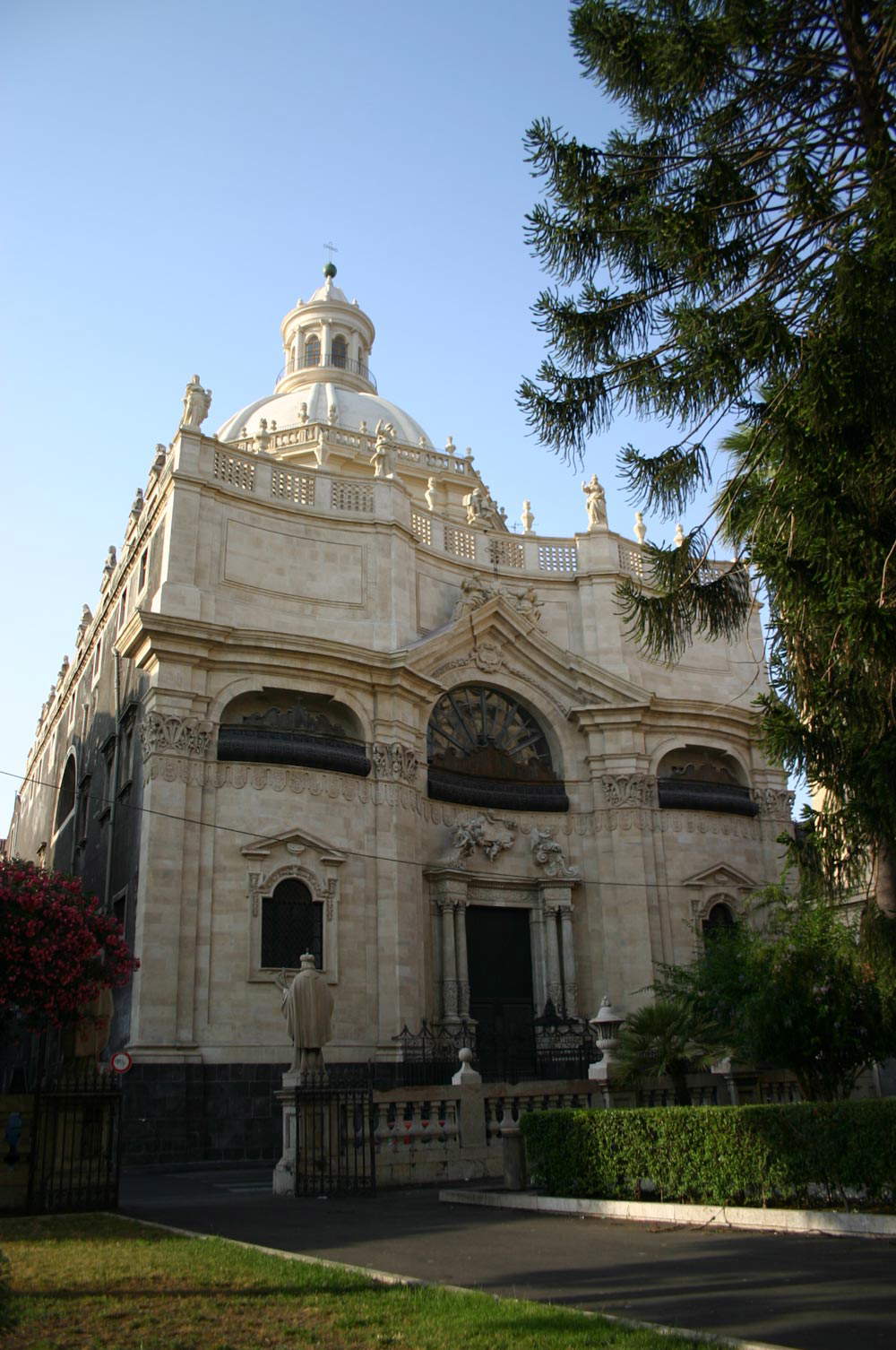
4. The Basilica of Maria Santissima dell’Elemosina
The Antichissima Regia ed Insigne Basilica Collegiata di Maria Santissima dell’Elemosina (this is the full name of this sacred building) was founded in the Middle Ages but, like so many buildings in Catania, was rebuilt after the earthquake of 1693, which razed the old church to the ground. Construction of the new building began in the early eighteenth century (the design is attributed to Sicilian architect Angelo Italia) and was not completed until 1769. On the outside it has a facade made of limestone and white Syracuse stone; it is divided into two orders divided horizontally by six columns also made of limestone, which support a curved entablature that makes the building particularly scenic, completed by two volutes on the upper order and a central loggia containing statues of St. Peter and St. Paul. Above the loggia rises the belfry decorated with statues of an eagle holding an eagle, two angels and two cherubs on the top. Inside (with a three-aisle plan), works by Olivio Sozzi, Francesco Gramignani Arezzi, Giuseppe Sciuti, the vault frescoed in 1896 by Sciuti himself.
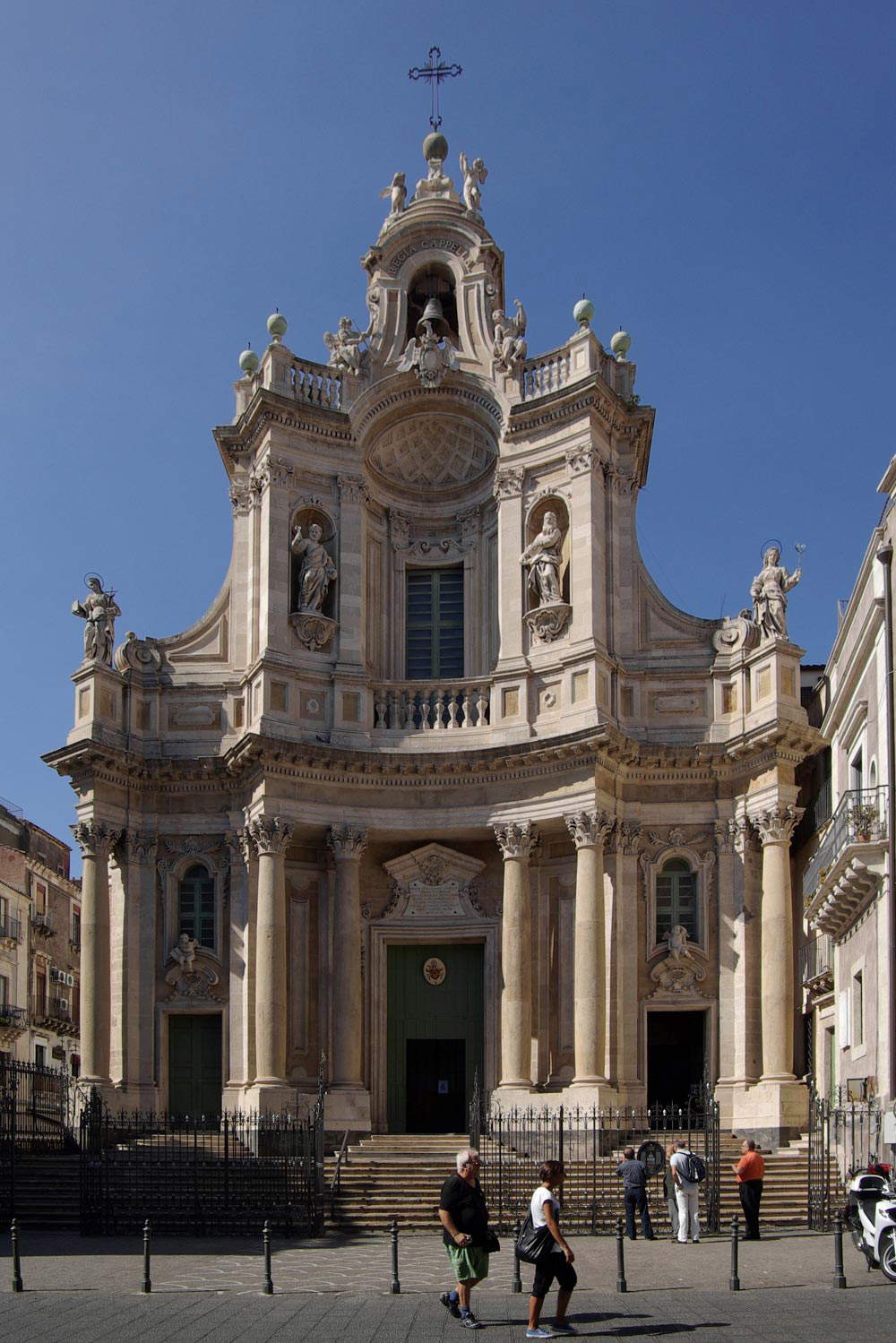
5. The shrine of Santa Maria dell’Aiuto
This is one of the most frequented churches in the city because it contains a special feature inside: a scaled-down reproduction of the Holy House of Loreto, which has been present in the shrine of Santa Maria dell’Aiuto since 1740, when it was placed there by Canon Giuseppe Lauria, who was particularly devoted to the Virgin. Again, the present building arose following the 1693 earthquake. The façade, preceded by a wide flight of steps, is in two orders with large coupled columns running vertically across it, and at the top it closes with a mighty broken tympanum in the center of which stands the Marian coat of arms (a depiction of the Madonna and Child surmounts the portal instead). Next to the facade rises the squared bell tower, while inside one can see the icon of Santa Maria dell’Aiuto, kept on the high altar.
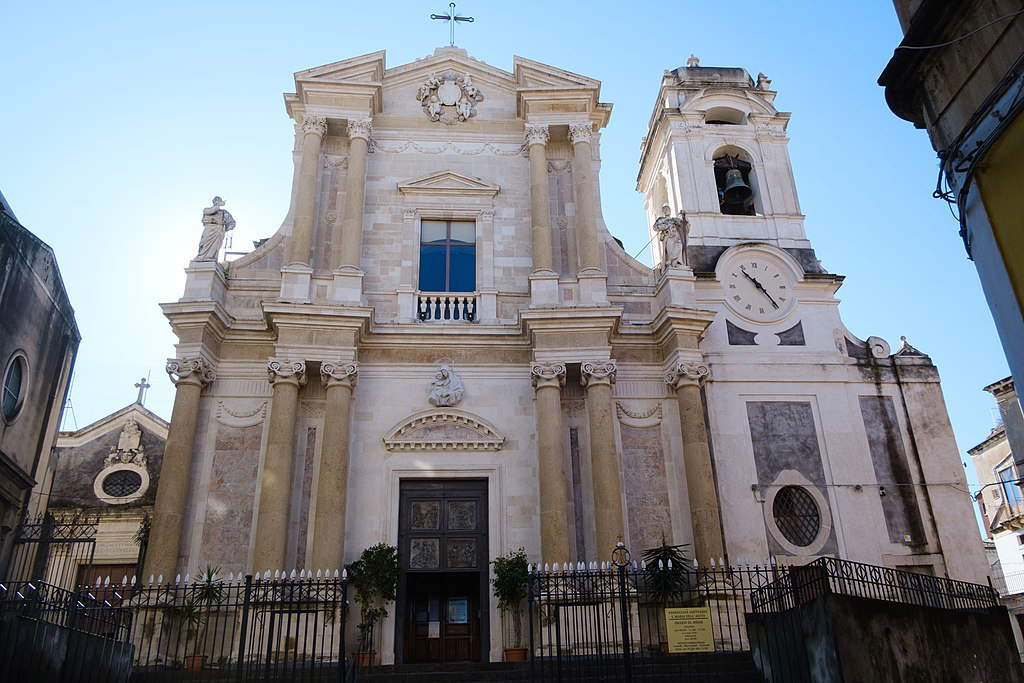
6. The Palace of the Elephants
Home to the town hall, it is located on the north side of Piazza del Duomo, near the Cathedral of St. Agatha and opposite the Palace of the Seminario dei Chierici, another 18th-century Baroque building, now home to the Diocesan Museum of the city of Etna. Since ancient times, the palace has been the seat of the city’s assembly of representatives (in the Middle Ages it was known as the “Senatorial Palace”). Rebuilt beginning in 1696, it has a Baroque facade clad on the first floor with diamond ashlars. The large windows, surmounted by arched tympanums on the ground floor and by broken triangular gables on the second floor (while the third floor has simple framed windows), are divided by pilasters that run vertically throughout the palace. Of particular note is the portal, at the top of which are statues of Justice and Faith with the city coat of arms. In the courtyard one can admire the “Pietra del Malconsiglio”: it is a large boulder of lava stone, the origin of which is unknown (perhaps the capital of an ancient building whose memory has been lost). It is one of the city’s most symbolic objects, as in 1516 it was chosen as a meeting place by the rioters of Catania, who rebelled against Viceroy Hugo de Moncada (the rebellion later failed and the stone, discovered as the rebel’s meeting place, was displayed in the public square as a warning: it derives its name from this history).
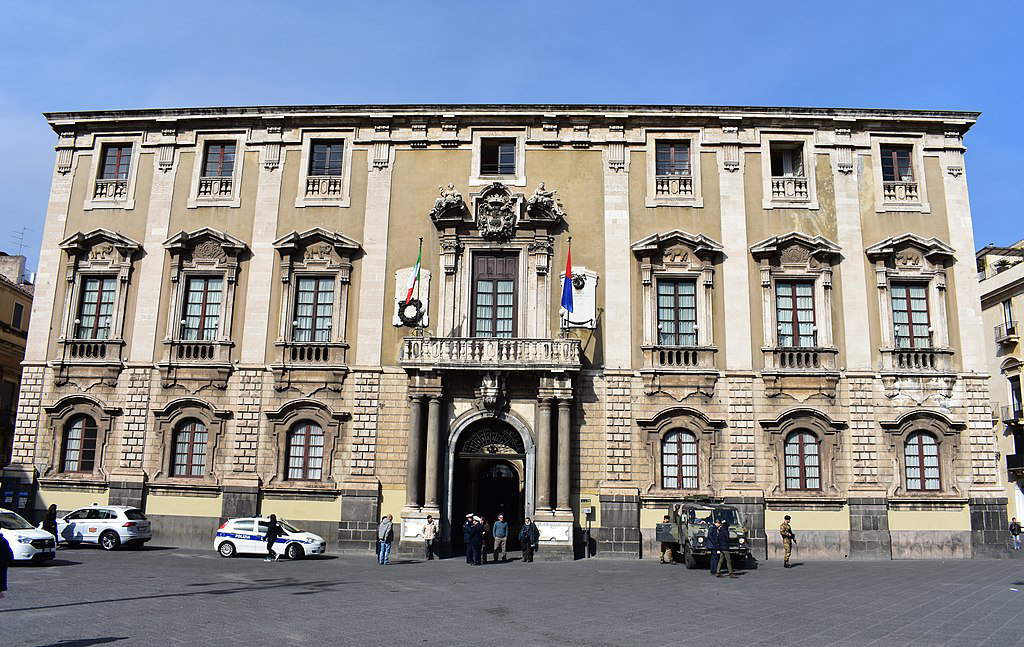
7. The House of Vincenzo Bellini and the Bellini Theater.
In Piazza San Francesco d’Assisi stands Palazzo Gravina Cruylas, the birthplace of Vincenzo Bellini: the great composer saw the light here on the night between November 2 and 3, 1801. Declared a national monument in 1923, Bellini’s birthplace opened as a museum in 1930. The rooms have remained virtually unchanged from how they were when the composer of Norma was born there, and the museum tour, which starts from the alcove where Bellini came into the world, recounts the evolution of his brilliant career with the display of autographed musical manuscripts, memorabilia, documents, prints, stage models, portraits and works of art, letters, the collection of pianos that played the music of the “swan from Catania,” and the music library that features the scores of Italian and foreign musicians from the 18th to the 20th century. Also named after Bellini is the city’s main theater, an imposing building built in eclectic style in the late 19th century and inaugurated on May 31, 1890, precisely with Bellini’s Norma.
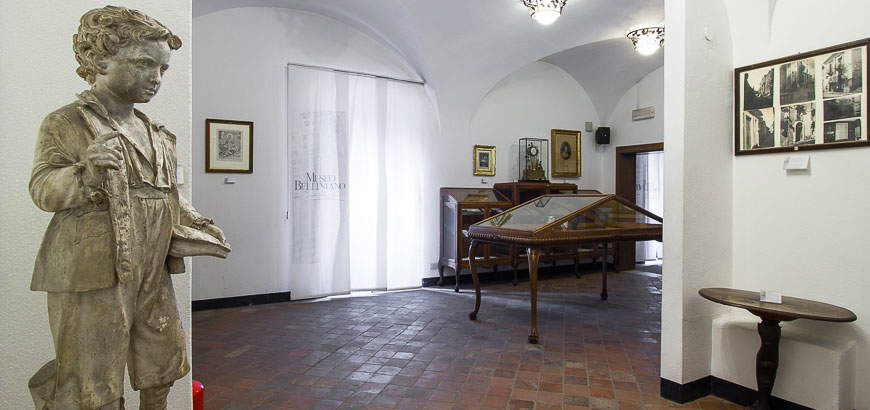
8. Ursino Castle.
Among the main monuments of the city, the Ursino Castle, a massive fort with a square plan and circular towers at the four corners, was built in the 13th century by Frederick II of Swabia and is one of the few surviving medieval buildings that can be visited in Catania. The name is said to be a mispronunciation of “Castrum Sinus,” meaning “Castle of the Gulf,” as it stands on the seashore (while according to others it is instead linked to the family of the same name that occupied the fortress in the 13th century). So many events that the Ursino Castle has experienced: it was the scene of the Sicilian Vespers, the seat of the Sicilian Parliament, the residence of the Aragonese kings of Sicily, and a prison. Damaged but not devastated by the 1693 earthquake (the damage, however, permanently compromised its military functions, already strained by the introduction of firearms), it filled the role of barracks and prison. Restored in the 1930s to be converted into a museum, since 1934 it has actually housed the Civic Museum of Catania, with rich art collections, where archaeological finds from the Greco-Roman period can be admired, the picture gallery with works by artists such as El Greco, Antonello de Saliba, Matthias Stomer, Pietro Novelli, Francesco Solimena, Andrea Vaccaro, Guglielmo Borremans, Domenico Morelli and others. The Ursino Castle Museum also houses the only ancient copy of Caravaggio’s Nativity stolen in Palermo in 1969. The institute also regularly hosts temporary exhibitions.
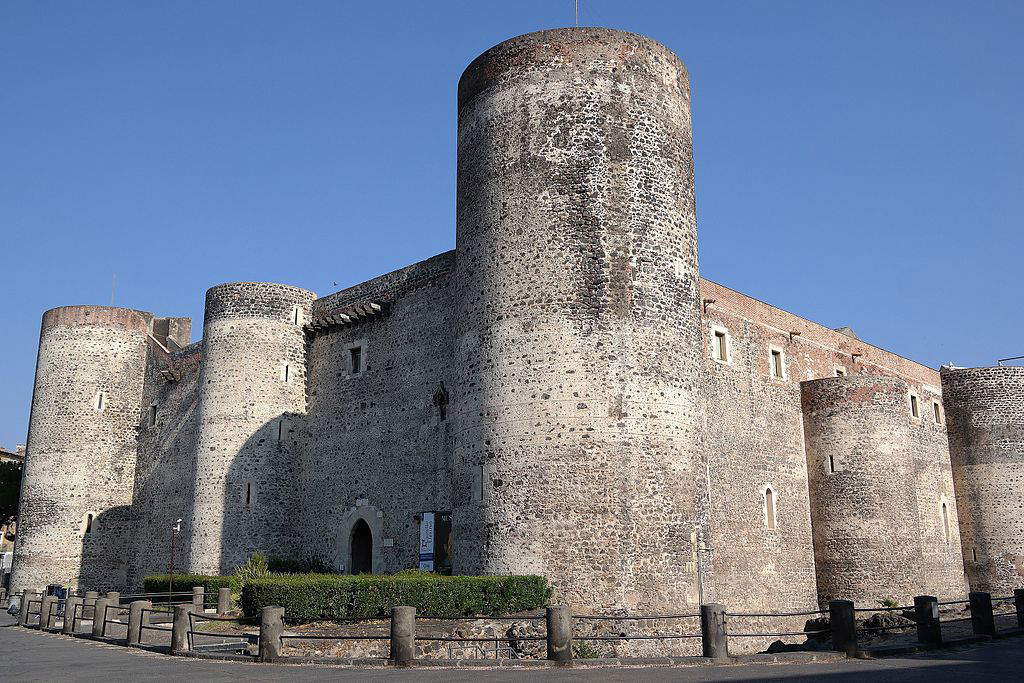
9. The House of Giovanni Verga
The house where Giovanni Verga was born, now a museum dedicated to the great Catanian writer and leading exponent of verism, is located on the second floor of a 19th-century building on Via Sant’Anna. A national monument since 1940, Giovanni Verga’s house has been a museum since 1980, and the objects preserved there tell the story and career of the great writer. In the private study one can observe Verga’s library, consisting of about 2,600 volumes, and then copies of manuscripts (the originals are kept at the library of the University of Catania), objects (such as the suitcase that belonged to the writer), works of art, all preserved in the original furnishings of the house, contribute to retrace the story of the author of I malavoglia.
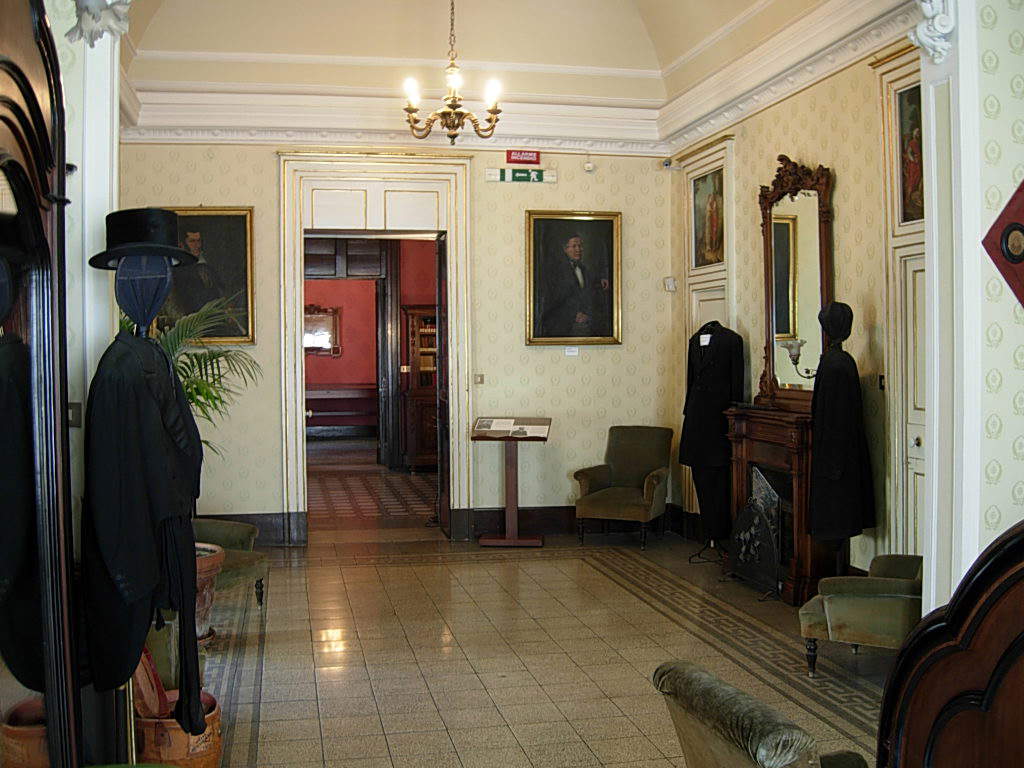
10. The Diocesan Museum
It is housed in the Palazzo del Seminario dei Chierici, located in Piazza del Duomo, a building constructed in the 18th century as the seat of the seminary founded in 1572 by Archbishop Antonio Faraone. Before becoming a museum site, it was a barracks and also the seat of the city hall from 1945 to 1953. The museum occupies all five floors of the building displaying works from the area: among the most valuable pieces is the ferculum of St. Agatha, the silver tempietto made by goldsmith Vincenzo Archifel in the early 16th century that was used to transport the reliquary bust of the Catanese saint. The collection of sacred objects is conspicuous, and no less so is the picture gallery, with works ranging from the Renaissance to the nineteenth century. There is also access to the terrace from which there is a vast panorama of the city.
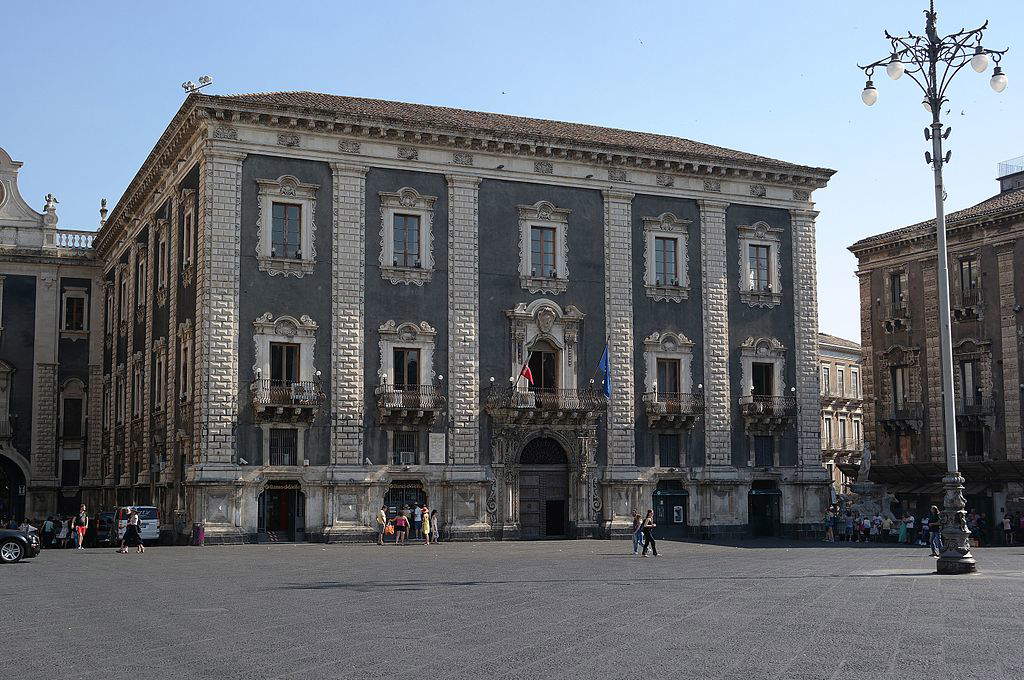
 |
| Catania, what to see: 10 must-see stops |
Warning: the translation into English of the original Italian article was created using automatic tools. We undertake to review all articles, but we do not guarantee the total absence of inaccuracies in the translation due to the program. You can find the original by clicking on the ITA button. If you find any mistake,please contact us.




























